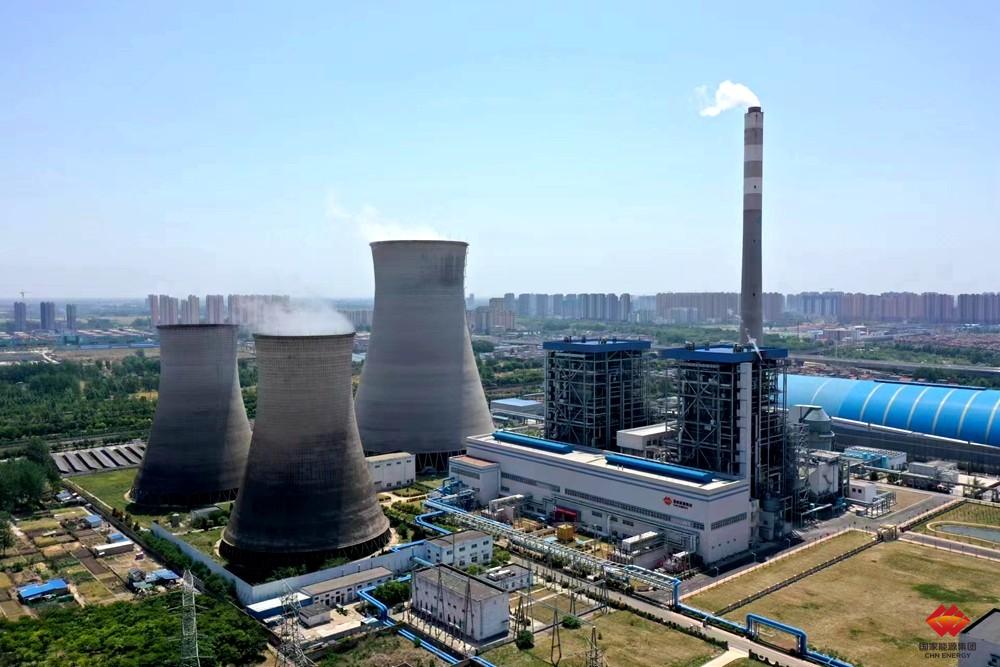In a significant move to combat climate change, China has announced a comprehensive plan to reduce carbon emissions from its coal-fired power industry. As the world’s largest energy consumer, China relies heavily on coal, the most carbon-intensive energy source. This dependency has prompted the government to introduce low-carbon upgrades and new power generation technologies.
The action plan, jointly issued by the National Development and Reform Commission (NDRC) and the National Energy Administration on Monday, sets the carbon emission level from power generated by natural gas as the benchmark for the coal power sector. This plan includes the implementation of three key low-carbon power generation technologies: biomass blending, green ammonia blending, and carbon capture, utilization, and storage.
By 2025, the first low-carbon projects will commence operations using these advanced technologies. These projects aim to reduce average emissions by 20% compared to 2023 levels. Looking further ahead, by 2027, China plans to expand these low-carbon initiatives, lowering their operating costs and cutting average carbon emissions by 50% from 2023 levels.
The plan also encourages local governments to support and subsidize the launch of these low-carbon projects. However, due to the instability of renewable energy sources, coal power will continue to play a crucial role in ensuring energy security, a spokesperson from NDRC stated in a Q&A session on Tuesday.










